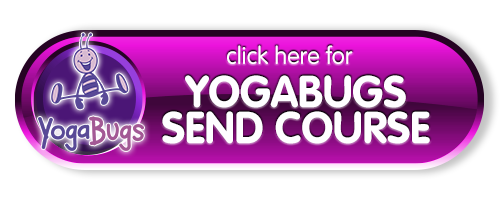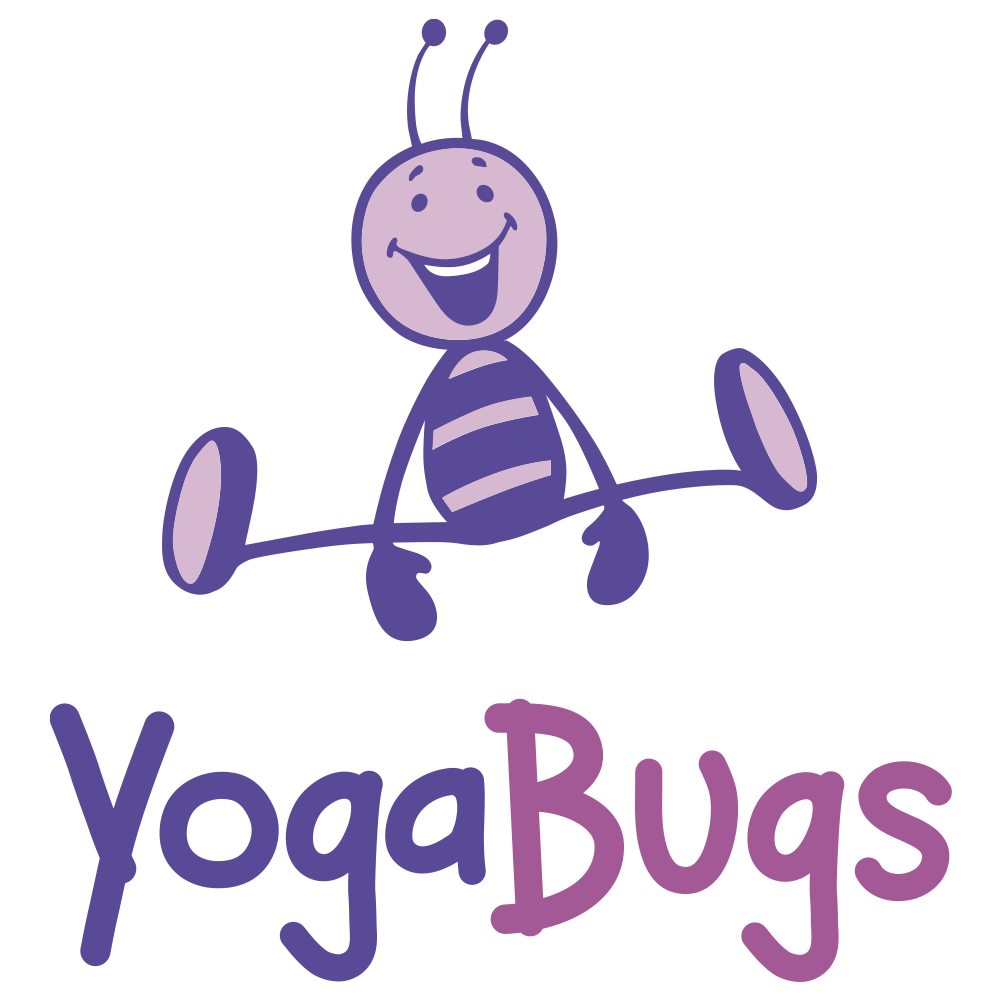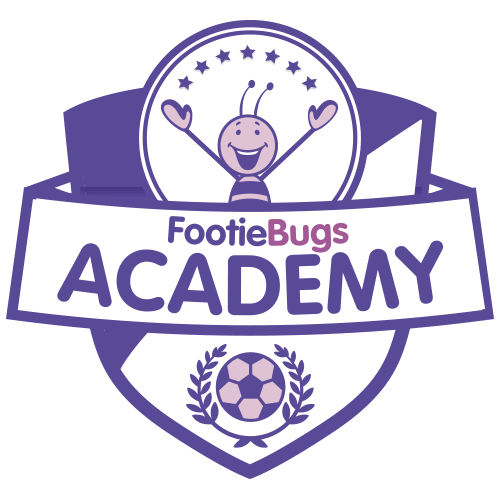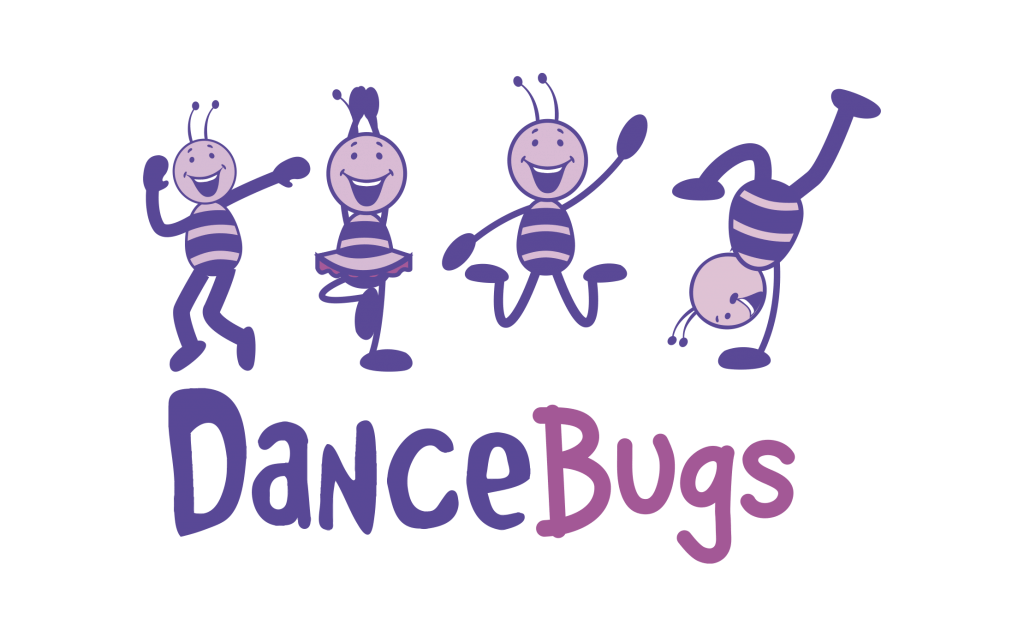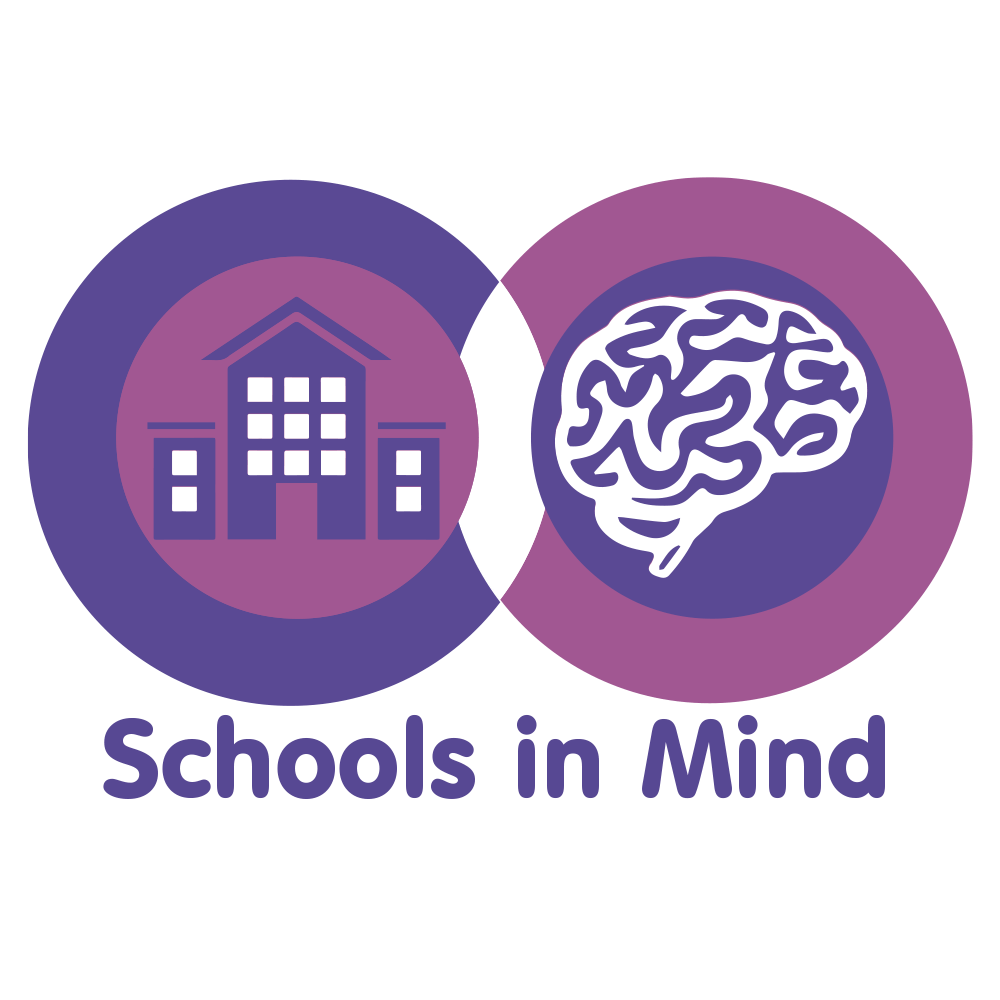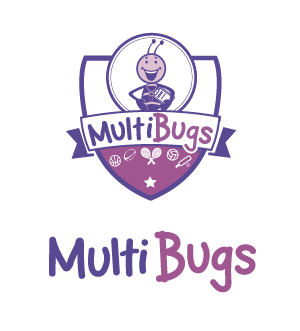October is ADHD Awareness Month, a time when we come together to raise awareness about Attention Deficit Hyperactivity Disorder (ADHD) and its impact on individuals and families. ADHD is a neurodevelopmental disorder that affects both children and adults, making it challenging to focus, control impulses, and stay organised. While medication and therapy are often part of the treatment plan, there is growing evidence that complementary approaches like yoga and mindfulness can play a significant role in helping children with ADHD thrive. In this blog post, we will explore how yoga and mindfulness practices can benefit children with ADHD and enhance their overall well-being.
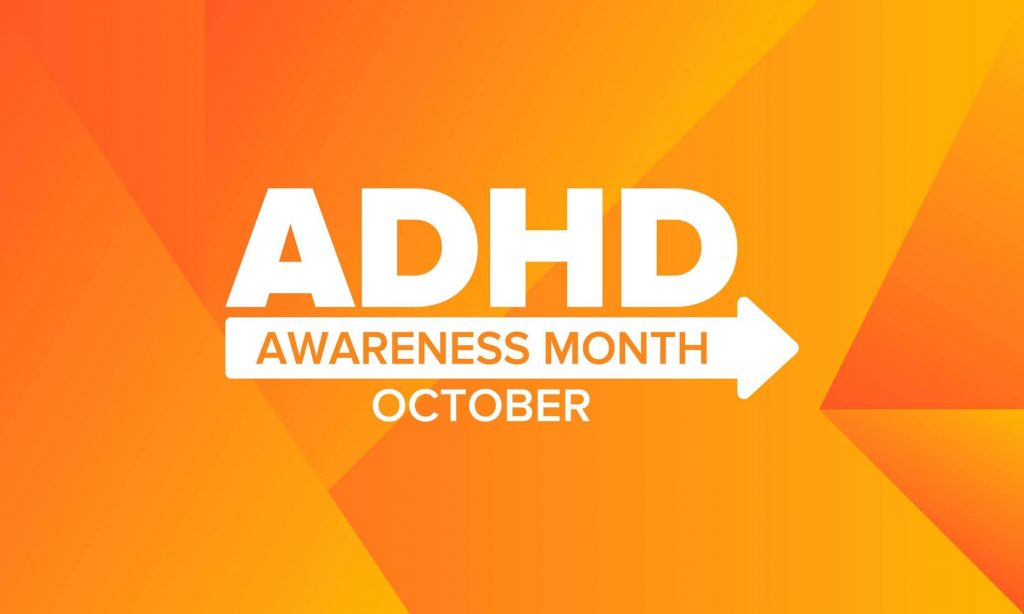
Understanding ADHD:
Before delving into the benefits of yoga and mindfulness, it’s important to have a basic understanding of ADHD. ADHD is characterised by a persistent pattern of inattention, hyperactivity, and impulsivity that can interfere with daily functioning and development. Children with ADHD may have difficulty staying focused, following instructions, and managing their emotions. These challenges can impact their academic performance, social interactions, and self-esteem.
Yoga for Children with ADHD:
Yoga is an ancient practice that combines physical postures, breathing exercises, and meditation to promote physical, mental, and emotional well-being. For children with ADHD, incorporating yoga into their daily routine can have numerous positive effects:
1. Improved Focus and Attention:
Yoga encourages mindfulness, which can enhance a child’s ability to concentrate and stay present. The practice of focusing on specific postures and breathing techniques helps build attention skills over time.
2. Stress Reduction:
Children with ADHD often experience heightened levels of stress and anxiety. Yoga teaches relaxation techniques that can help reduce stress, calm the nervous system, and improve emotional regulation.
3. Enhanced Self-Control:
Yoga encourages self-awareness and self-regulation, teaching children to manage their impulses and reactions. This can be especially valuable for children with ADHD, who may struggle with impulsivity.
4. Physical Benefits:
Yoga promotes physical fitness, flexibility, and coordination. Engaging in regular physical activity can help children with ADHD release excess energy in a constructive way.
5. Boosted Confidence:
As children master new yoga poses and techniques, they gain a sense of accomplishment and self-esteem, which can be particularly beneficial for those with ADHD who may struggle with low self-confidence.
Mindfulness for Children with ADHD
Mindfulness is the practice of being fully present in the moment, observing thoughts and feelings without judgment. It has gained recognition as a valuable tool for managing ADHD symptoms. Here’s how mindfulness can benefit children with ADHD:
- Attention and Self-Regulation:
Mindfulness exercises teach children to become aware of their thoughts and emotions. This increased self-awareness can help them recognise when they are becoming distracted or overwhelmed, enabling them to refocus and self-regulate.
2. Emotional Resilience:
Mindfulness promotes emotional resilience by teaching children how to manage stress, frustration, and impulsivity. It provides them with coping strategies to navigate challenging situations.
3. Improved Social Skills:
Children with ADHD may struggle with social interactions due to impulsive behavior. Mindfulness helps them develop empathy, patience, and better communication skills, leading to improved relationships with peers.
4. Better Academic Performance:
Enhanced attention and self-regulation can translate to improved academic performance, as children are better able to stay on task, complete assignments, and absorb information.
Incorporating Yoga and Mindfulness into Daily Life
To reap the benefits of yoga and mindfulness, it’s essential to incorporate these practices into a child’s daily routine. Parents, caregivers, and educators can play a pivotal role in helping children with ADHD embrace these practices:
- Start Slowly: Begin with short yoga sessions and simple mindfulness exercises, gradually increasing the duration and complexity as the child becomes more comfortable.
- Create a Calm Environment: Choose a quiet, clutter-free space for yoga and mindfulness activities. Dim the lights, use soft music, and ensure there are minimal distractions.
- Be Consistent: Establish a regular schedule for yoga and mindfulness practice. Consistency helps children develop a habit and experience long-term benefits.
- Make it Fun: Engage children by making yoga and mindfulness enjoyable. Use playful language, incorporate age-appropriate games, and encourage creativity.
- Be Supportive: Offer encouragement and positive reinforcement. Let the child know that it’s okay to make mistakes and that progress takes time.
Yoga and mindfulness are powerful tools that can empower children with ADHD to lead more balanced and fulfilling lives. By enhancing their focus, self-regulation, and emotional well-being, these practices provide invaluable support in managing ADHD symptoms. During ADHD Awareness Month and beyond, let’s continue to explore and promote complementary approaches that can make a positive difference in the lives of children with ADHD, helping them reach their full potential.
Book a meeting and tour of our YogaBugs virtual platform to find out how we can support children in your school with ADHD. Click Here to book your time and date.




